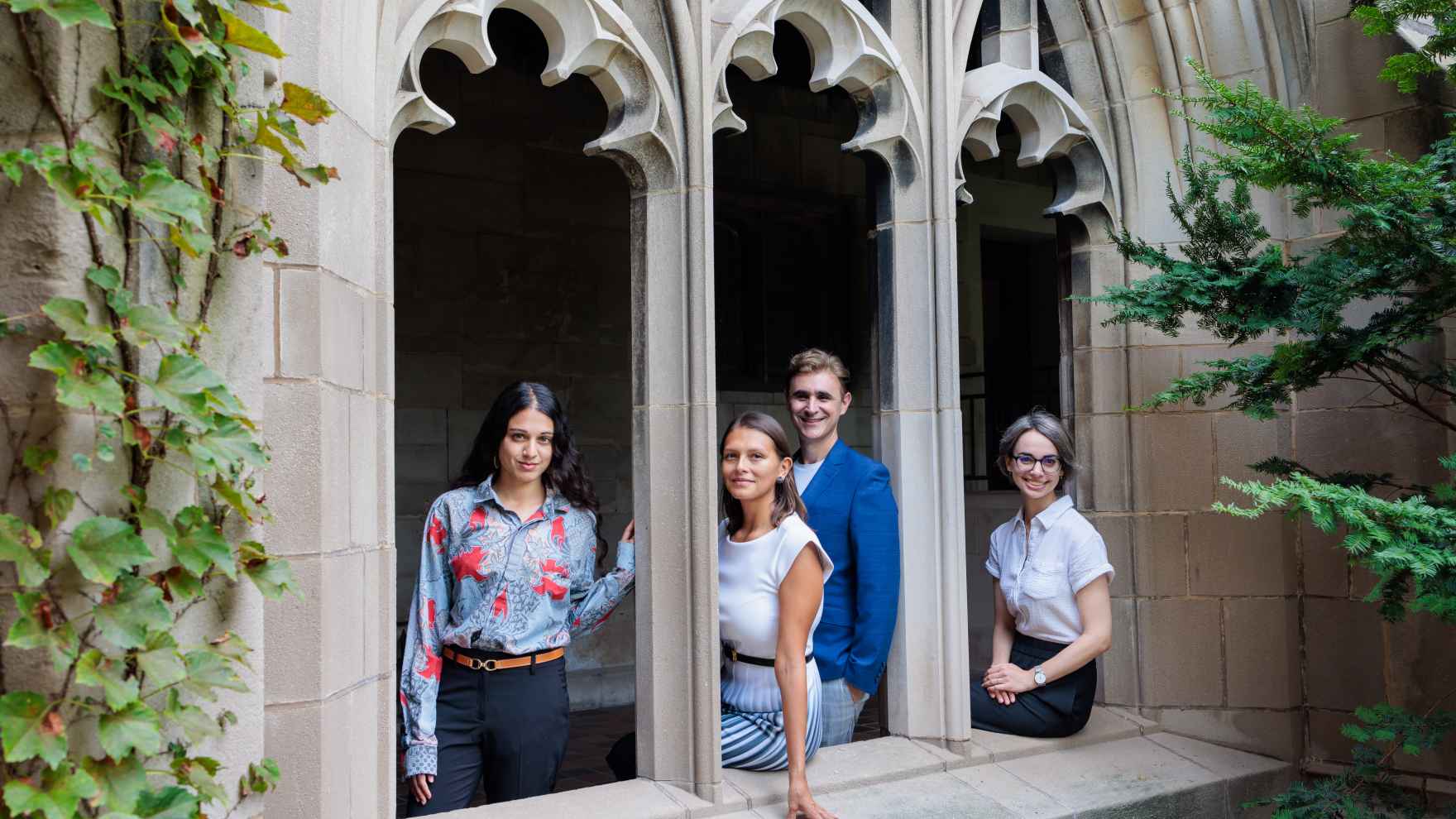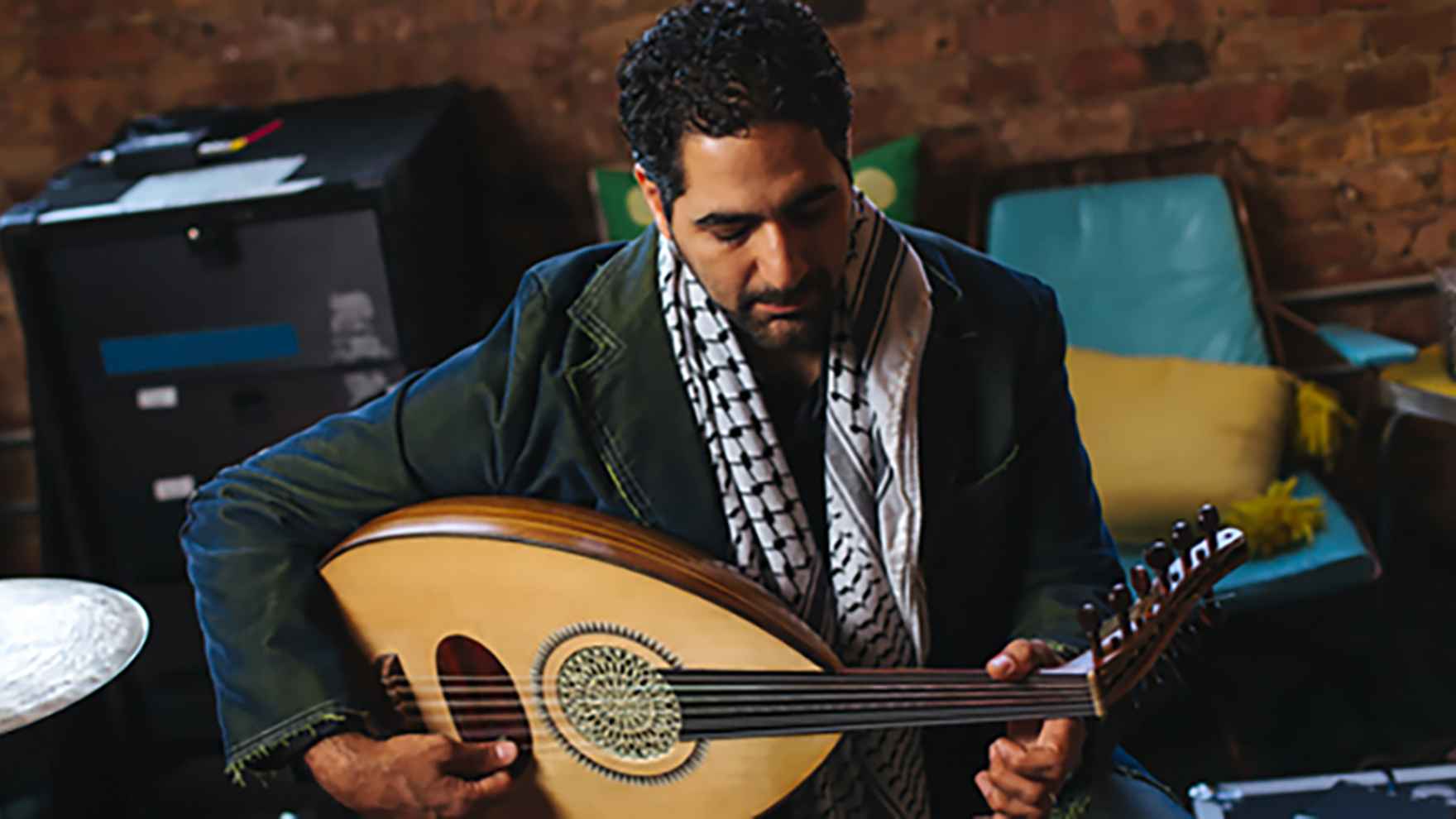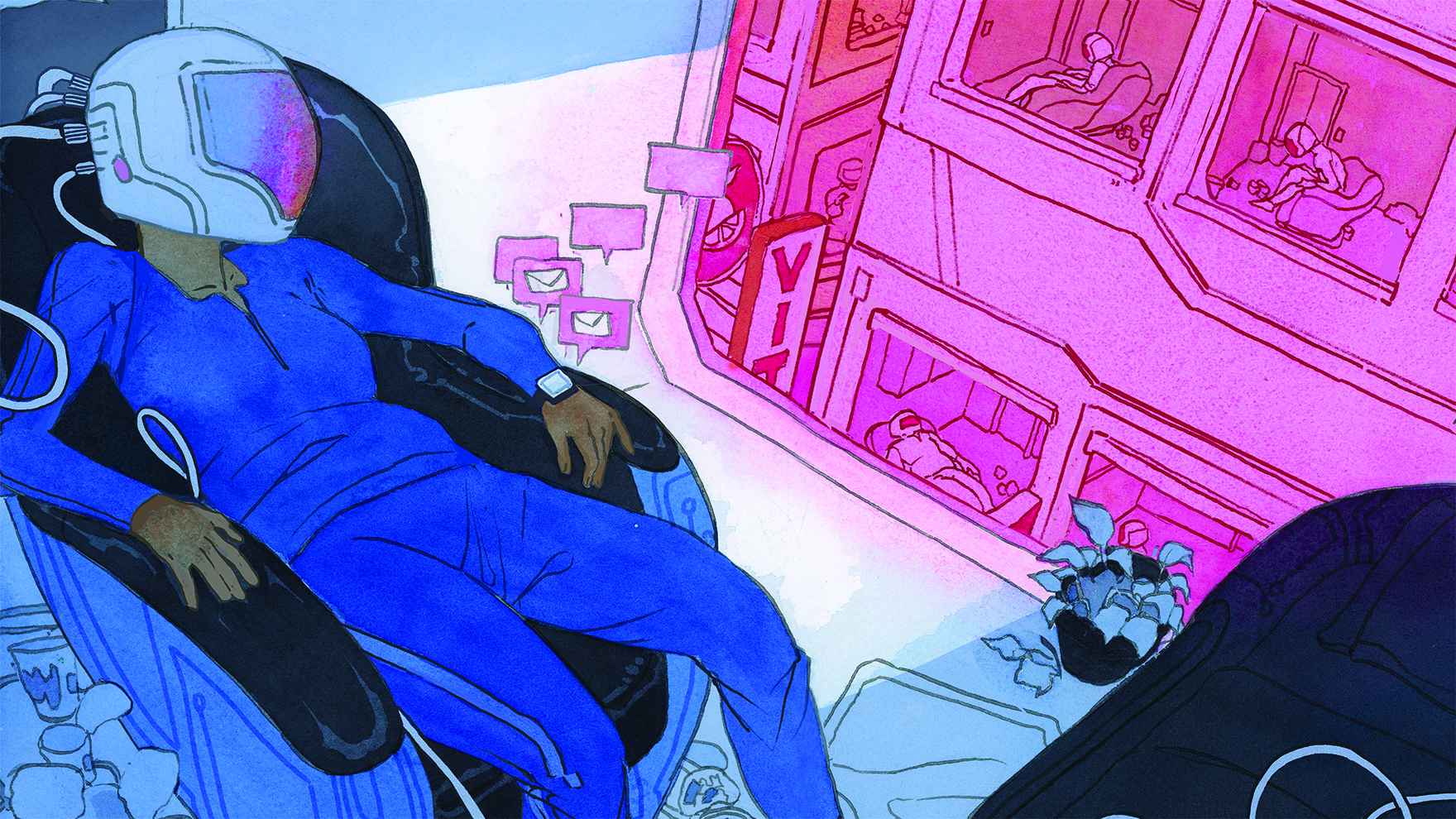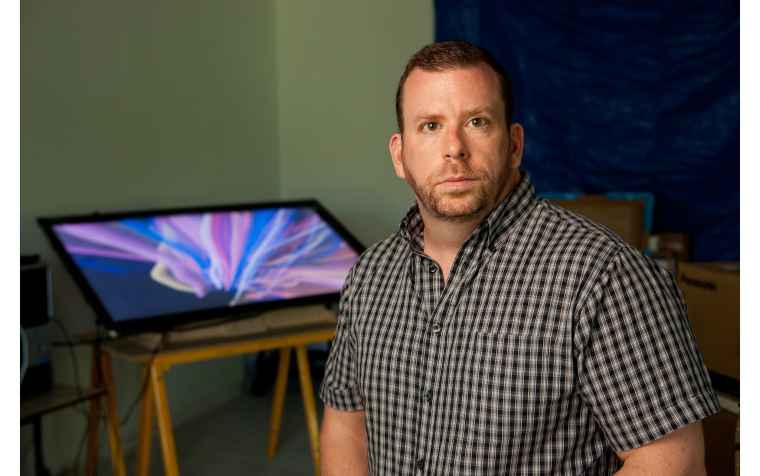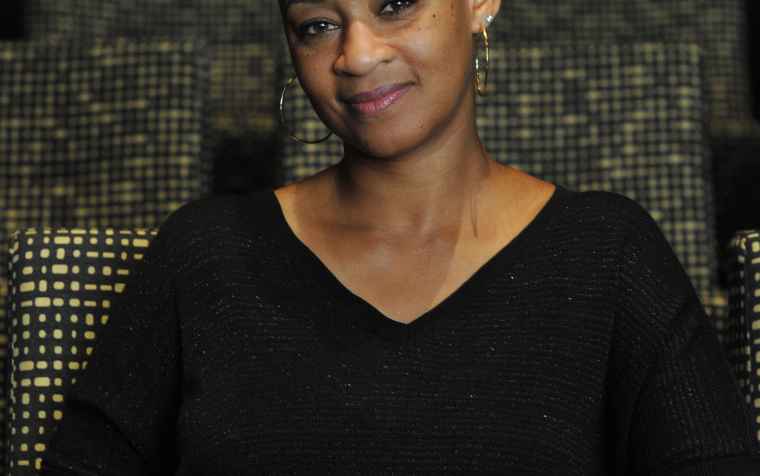Anthony Elms, MFA'95, to Co-Curate Whitney Museum's 2014 Biennial
Anthony Elms, associate curator at the Institute of Contemporary Art in Philadelphia, has been selected to curate one floor of the Whitney Museum of American Art for its 2014 Biennial. The Biennial acts as a platform to present shows that illustrate the state of contemporary art in the country. He joins two additional curators who will also have creative control over their own floors. Elms, a 1995 MFA graduate, was selected by the museum's director and staff members to participate in what Donna DeSalvo, the Whitney's chief curator, calls an experiment: "By slicing the museum up like a layer cake and seeing how it will look collectively, it gives the curators the opportunity to express their own points of view, each on a different floor.” The 2014 Biennial will be a historic one for the museum, as it is the last time the event will take place in the Whitney's Marcel Breuer building before the museum moves to its new location in the meatpacking district.
Elms recently contributed to "Wall Text", an exhibit that was on display throughout the Reva and David Logan Center for the Arts.
Steven Rings Wins Emerging Scholar Award
Steven Rings, Associate Professor in Music, was recently awarded the Emerging Scholar Award from the Society for Music Theory for his book Tonality and Transformation. The Emerging Scholar Award is given to books or articles published within five years of the author's receipt of their PhD. Rings, who received his PhD from Yale in 2006, focuses his scholarship on transformational theory, phenomenology, popular music, and questions of music and meaning. Tonality and Transformation uses transformational music theory to examine diverse aspects of tonal hearing, focusing on the listener's experience. For more information on the Society for Music Theory, please visit their site.
UChicago Composers Share Creative Processes
Shulamit Ran, Andrew MacLeish Distinguished Service Professor of Music, Augusta Read Thomas, University Professor of Composition in Music, and Marta Ptaszynska, Helen B. and Frank L. Sulzberger Professor of Music, recently shared what inspires them to create music and their composing processes. Ran, who recently composed a piece inspired by the Reva and David Logan Center for the Arts which was performed at the building's launch festival, said “Life informs my music in every possible way, through the people I meet, the sounds I hear, things I see or read, life’s events and passages, its awe and adventure. This feeds into everything I am, and thus everything I compose.”
Ptaszynka and Thomas both commented that ideas for their compositions usually come to them fully-formed, rather than in fragments. “I never start a piece if I don’t know how the piece will end,” Ptaszynska says. “It’s like buying a train ticket without knowing where you’re going.”
Thomas' process echoes this theme of travel. “I usually draw maps—a timeline of the piece, the shapes it’s going to take, its harmonic fields,” she says. “If you’re going to build a huge building or cathedral, you can’t just go to the hardware store and start hammering nails. I actually draft the beginning, middle, and end of absolutely every sound. I want to know, what’s the inner life? Where is it going, why is it going there? How does it relate to what comes next, and why? Gestalt is everything to me.”
All three composers underscored that none of their creativity would be possible without diligent work, which makes the University of Chicago a particularly fruitful setting. “Many people have a talent but don’t develop their craft,” Ptaszynska says. “And talent without craft is nothing.”
Read the full article here.
UChicago Writers Include University in Cast of Characters
Many University of Chicago alumni who go on to publish fiction—such as Philip Roth, AM'55, Saul Bellow, X’39, Andrew Greeley, AM’61, PhD’62, Sara Paretsky, AM’69, MBA’77, PhD’77 , and Georg Mann, AB’35—find the University irresistible as a source of setting, conflict, or in some situations, character. Authors have chosen to use the University as a backdrop for characters stalled on dissertation work, as a site of social or political progress, and often as a comfort and inspiration to characters looking to live, in Philip Roth's words, a life that is "enormous." These "enormous" lives are fraught with a number of failures and successes, but for alumni, current faculty members, and even non-alumni, the University as a character or setting is a captivating concept. For some authors though, the captivation turns to intrigue as Alzina Stone Dale, AM'57, reveals in her 1995 book Mystery Reader's Walking Guide: Chicago, which weaves readers in and out of the campus and the Hyde Park neighborhood to retrace the paths of fictional sleuths.
If you want to brush up on the fictional happenings at the University, consult this article and read the reflections of twenty-one novelists and poets with connections to the University in An Unsentimental Education: Writers and Chicago, by Molly McQuade, AB'81 For those simply hoping to tour the locations that inspired these authors, a literary map of campus can be found here.

